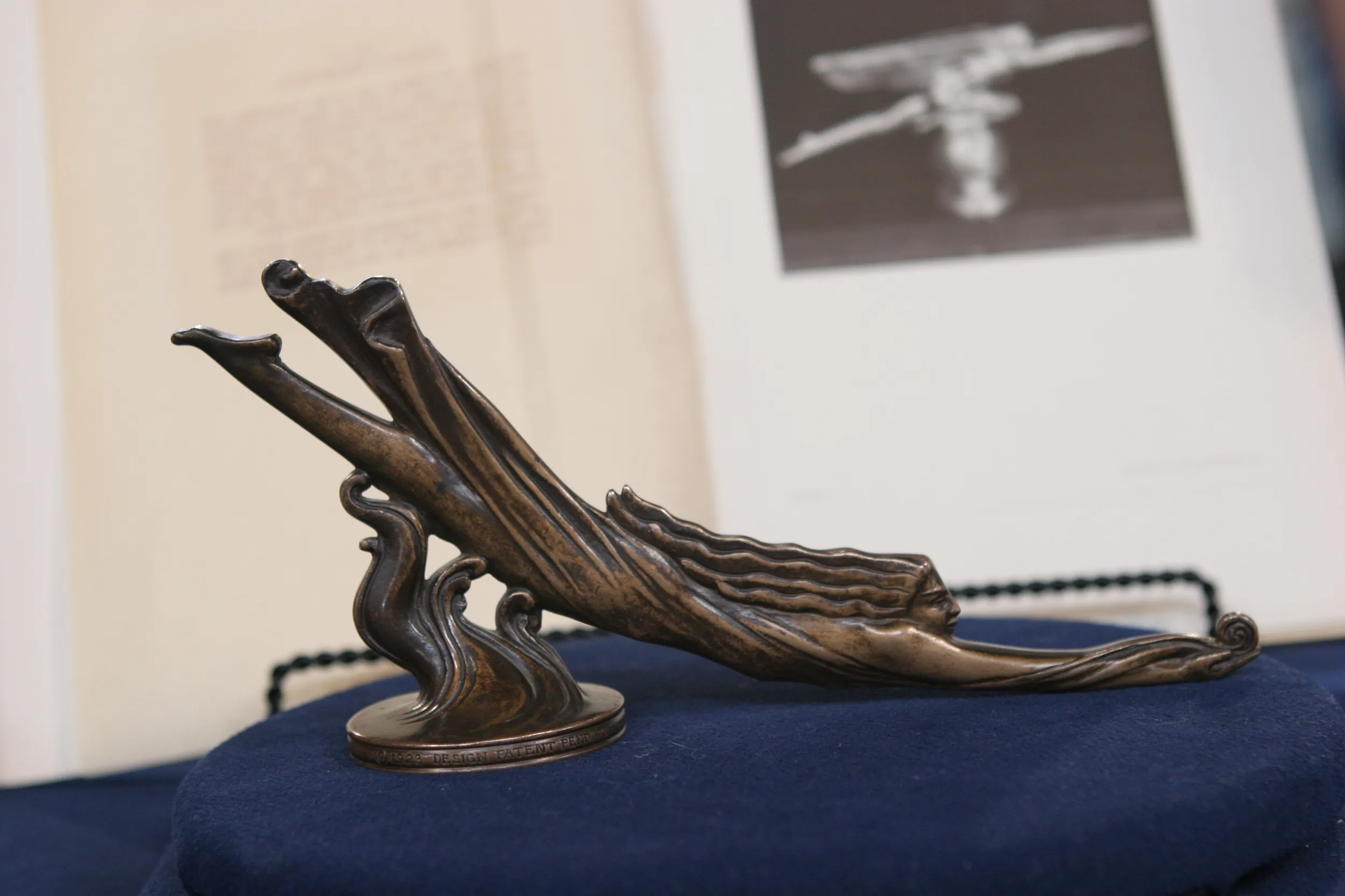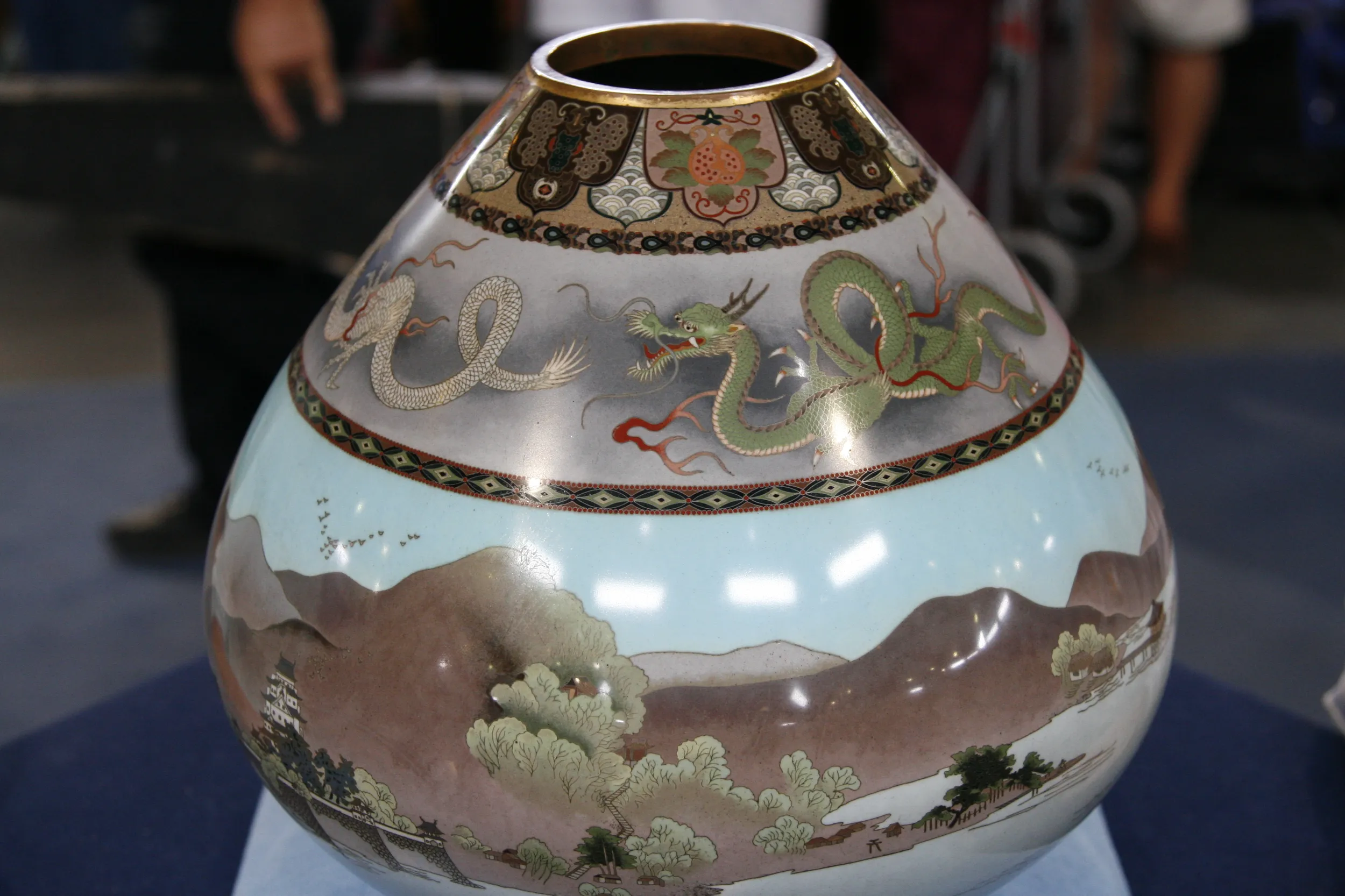1898 - 1910 Loetz & Tiffany Vases
GUEST: About a year and a half ago, I was driving in the morning. I left to get a cup of coffee, and I saw a sign for a garage sale. It was about 7:30 in the morning. The lady was still unpacking some of the boxes. She was taking out this taller piece, and I directly was attracted to it, the form and the color. I knew it was something special. And I asked her how much she wants for it, and she said, "$50." And she told me, "I have two other pieces, if you're interested." And she pulled out those other two pieces. Now, I didn't have enough cash with me, and she reserved them for me. I went to the bank, grabbed $150, gave her the money, and took them with me home.
APPRAISER: Do you think that they're made by the same companies?
GUEST: The iridescence and the shapes and the forms look like they are from the same era. I was unable to find any information about them. There was no signature that I can find. I looked at them, but I couldn't see anything. I looked online to look for iridescent glass, but not much information, because there's so much out there, so...
APPRAISER: If you look really closely, this piece has a signature on the bottom.
GUEST: It does?
APPRAISER: But it's, but it's very, very faint. It says "LCT."
GUEST: Hmm.
APPRAISER: Which stands for Louis Comfort Tiffany. And it also has a little number on it with a prefix in front of it, M prefix, which indicates that it was made between 1898 and 1900.
GUEST: Wow, that old.
APPRAISER: The man who founded the jewelry store...
GUEST: Mm-hmm.
APPRAISER: ...had a son, and the son's name was Louis Comfort Tiffany.
GUEST: Mm-hmm.
APPRAISER: And Louis is the one whose company made this type of thing. At that time, between 1898 and 1900, the name of the company was Tiffany Glass and Decorating Company. And shortly after that, it became Tiffany Studios. This was actually called an Egyptian Onion vase. So, if you look at it really closely, the bottom really looks like an onion.
GUEST: Mm-hmm.
APPRAISER: And then you see the leaves that would be coming up from the onion, under...
GUEST: Oh, yes. I thought it looks like a tulip, actually.
APPRAISER: Some people have called that type of vase a tulip vase.
GUEST: Okay.
APPRAISER: But it was actually an Egyptian onion. Tiffany was very fascinated by ancient forms of glass, and so, many of the early pieces, particularly in the 1890s, resembled something that was a form of what he thought was ancient glass.
GUEST: Mm-hmm.
APPRAISER: So this is one of them. Now, the other two pieces were actually made by another company, called Loetz, which was an Austrian company. These are a little bit later, maybe five, ten years, at the most, probably made between 1905 and 1910.
GUEST: Wow.
APPRAISER: But they are very similar. And a lot of times, people mistake Loetz for Tiffany. Neither of these pieces are signed, which is usually an indication that these were meant to be sold domestically and not exported to the United States. Because when they were exported, they usually signed the bottoms "Loetz." But I recognized the type of decoration, so I was, it was easy to identify.
GUEST: Okay.
APPRAISER: This one in particular I really love, because it has these wonderful lappets. They almost look like lily pads.
GUEST: Mm-hmm.
APPRAISER: And sometimes I think they're tadpoles. And, you know, it's, the, the jury's out on exactly what they were meant to be. But they're ve, it's very Art Nouveau in feeling. This particular piece, which is decorated in blue with these lovely oil splotches and the pinched form-- the decoration
is consistent all the way around-- this one, in a retail venue, would sell for between $1,500 and $2,000.
GUEST: Okay.
APPRAISER: This one also has a pinched form with consistent decoration. This one would sell in a retail venue for $3,000 to $5,000.
GUEST: Wow. (laughs) (chuckles)
APPRAISER: There are a number of great things about this Tiffany piece. First of all, the form, the color, and the fact that it's in remarkably good condition. A lot of times, people would put water into them and would leave the water and it would leave calcium deposits.
GUEST: Mm-hmm.
APPRAISER: This thing is pristine. It's absolutely perfect. And in a retail venue, this would sell between $6,000 and $8,000.
GUEST: Wow-- wow. (laughing) Well, I'm shocked. (laughs)
APPRAISER: The total for the three vases in a retail venue would be $10,500 to $15,000.
GUEST: Wow. (laughs) I can't believe it. (chuckling) I just can't believe it. $150 investment.
APPRAISER: It, it's remarkable, and...
GUEST: Wow.
APPRAISER: You're really good at finding good bargains.
GUEST: Probably I need to start, uh, looking more often. Yes, well, thank you. Thank you very much.

$10,500 - $15,000 Retail
Photos
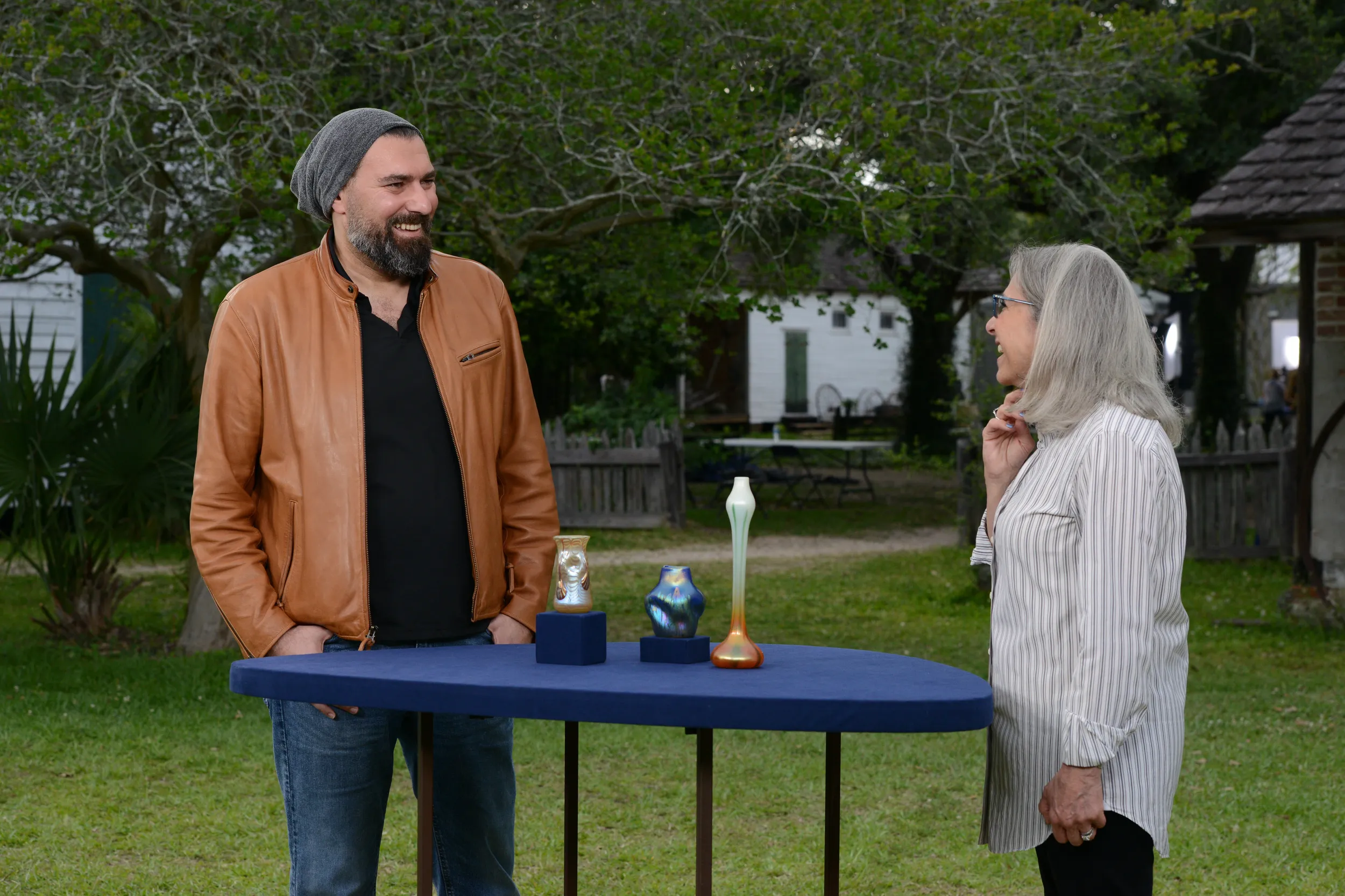
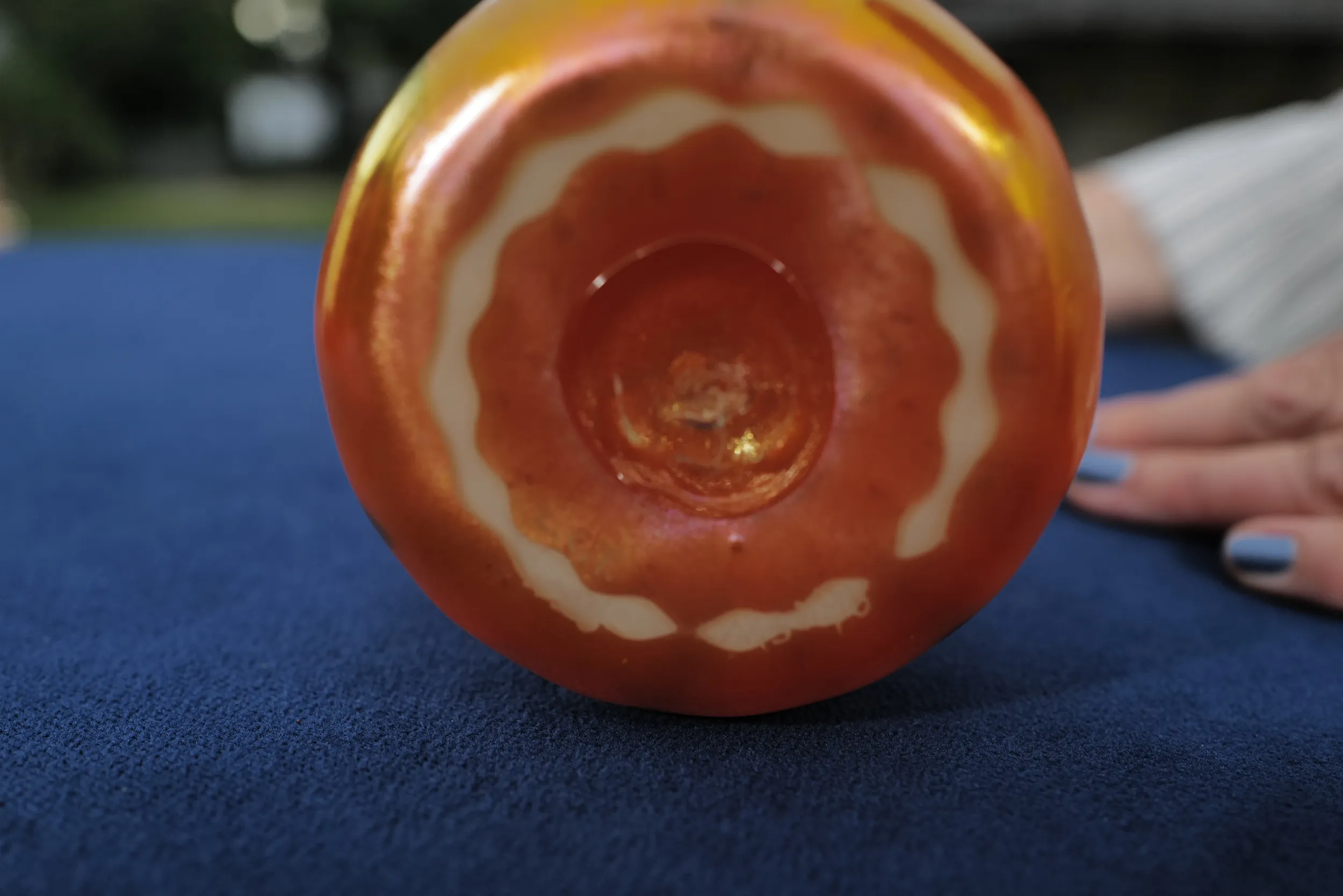
Featured In
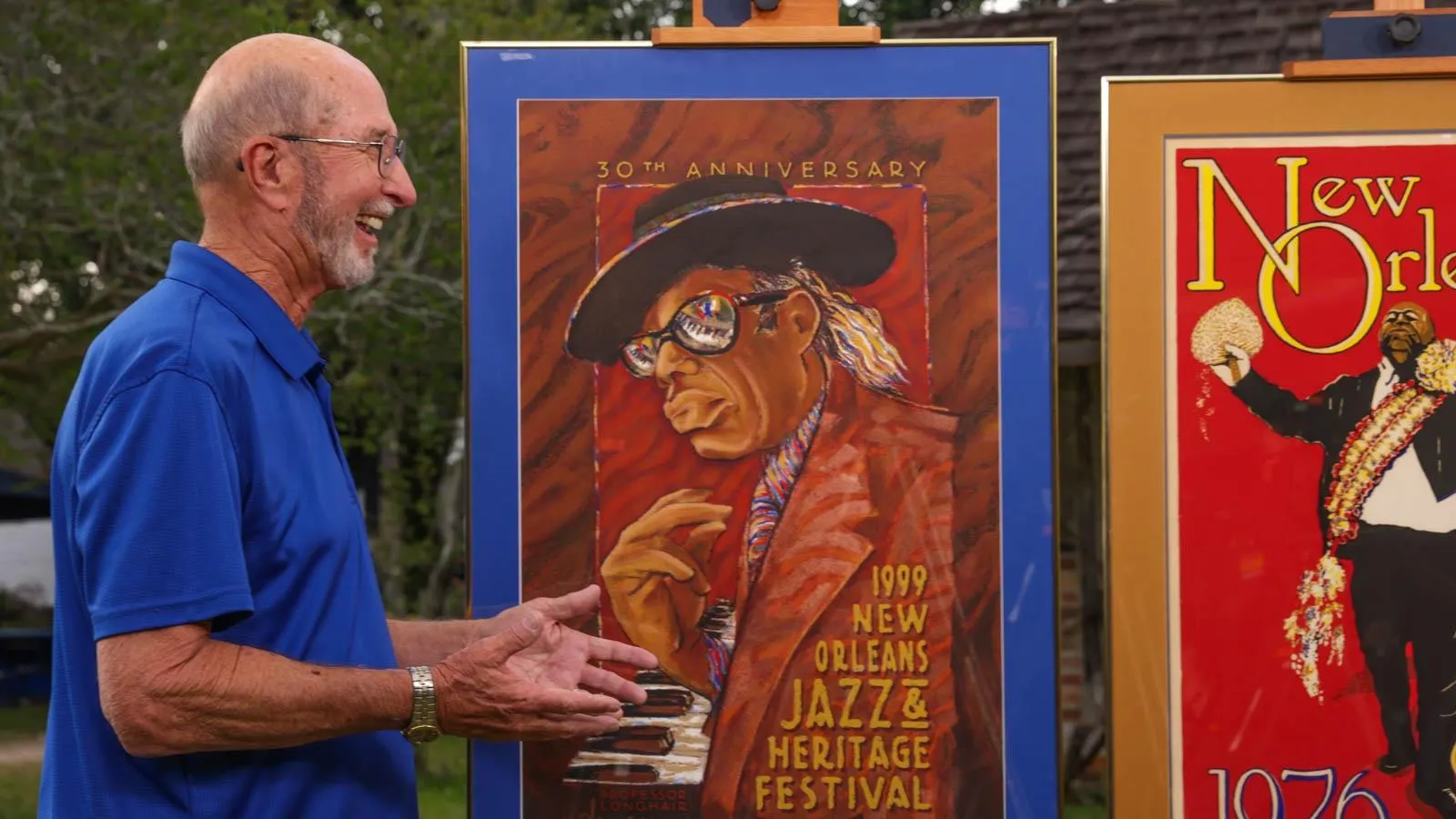
episode
LSU Rural Life Museum, Hour 1
Head to historic Baton Rouge for incredible Louisiana treasures and a top $100,000 find!
Decorative Objects
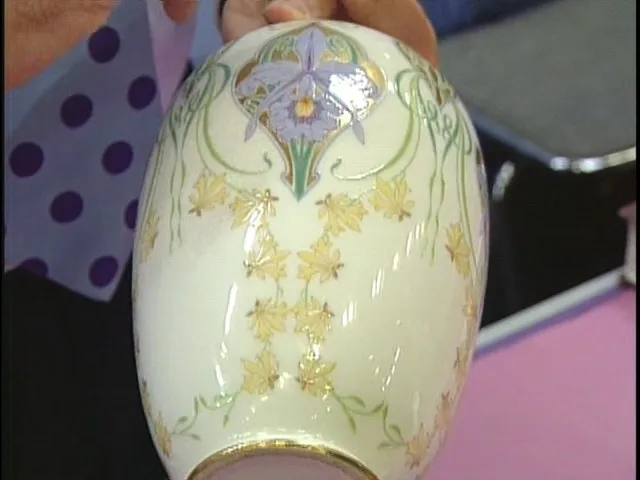
appraisal
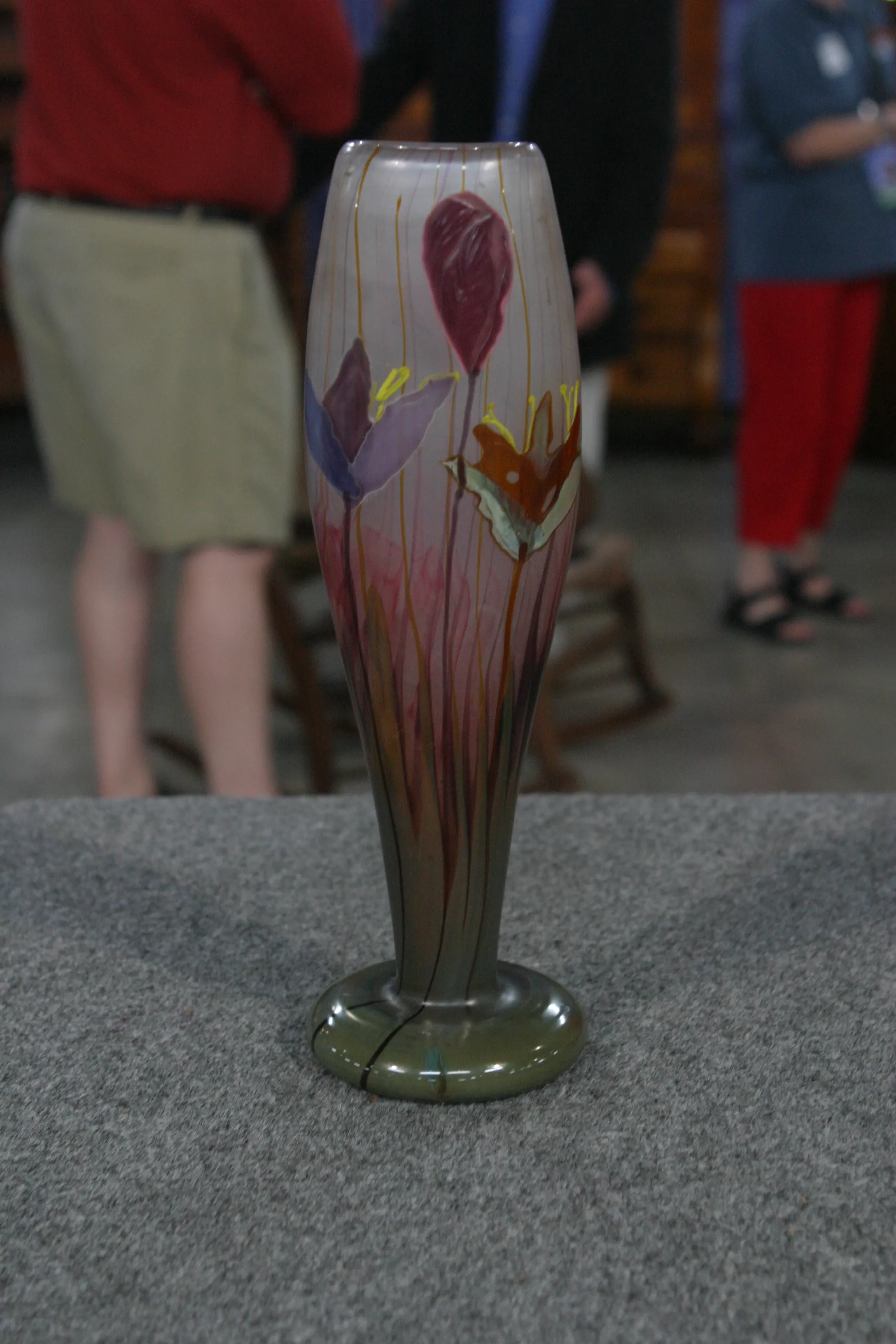
appraisal
Understanding Our Appraisals
Placeholder
